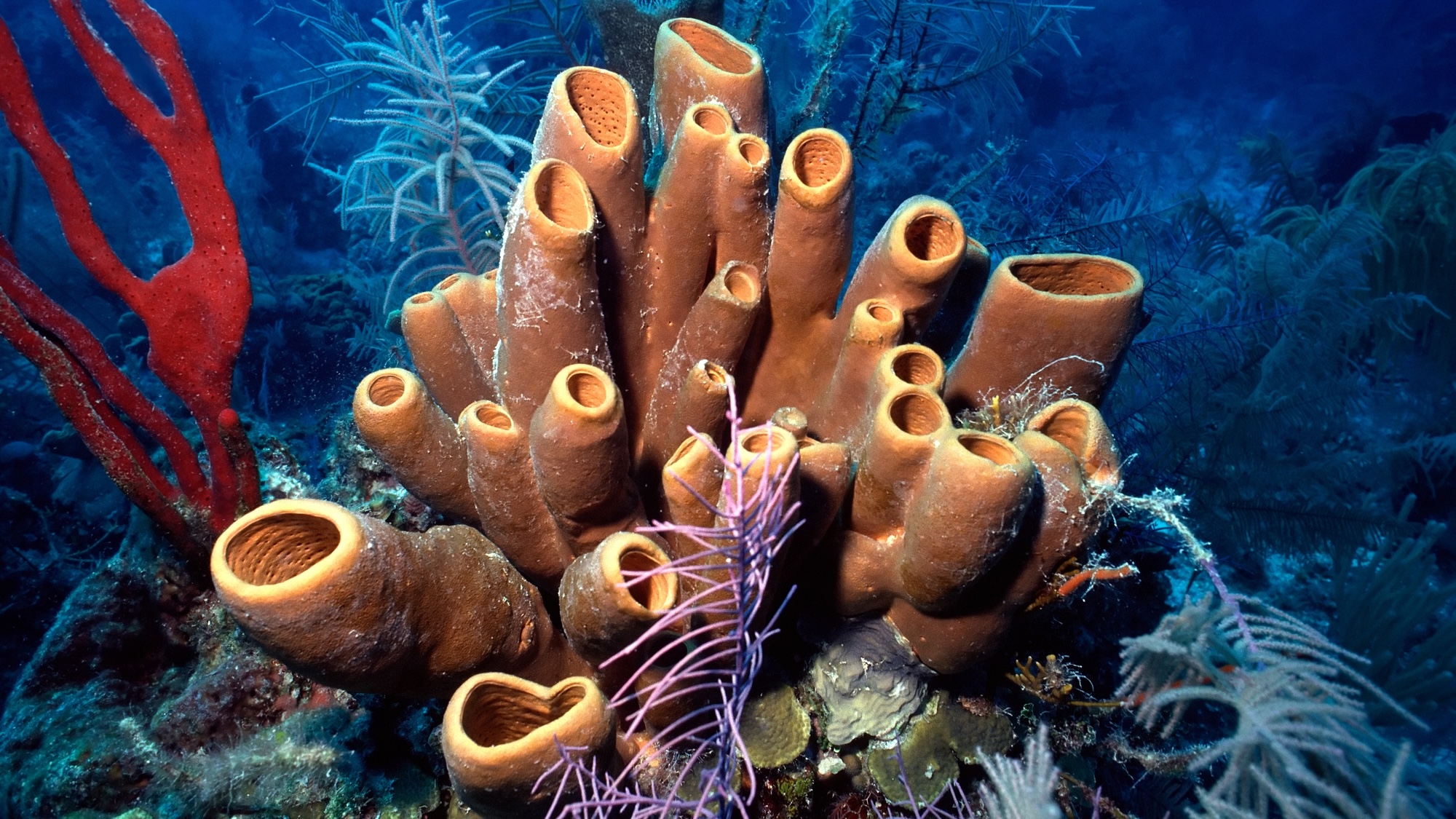At a certain point in Earth’s distant past, the planet’s assortment of organic molecules and compounds aligned to create the very first living organisms. The identity of these first living things still continues to elude evolutionary biologists. However, a team of MIT geochemists believe that some 541 million-year-old chemical fossils embedded in sediment indicate that some of Earth’s earliest creatures were the ancient relatives of today’s sea sponges. The evidence is detailed in a study published on September 29 in the Proceedings of the National Academy of Sciences.
Fossilized remains aren’t always visible to the naked eye. While dinosaur bones and footprints may get the majority of attention, traces of ancient life can also become preserved at the microscopic level. In some cases, the sediment can have the right mixture of oxygen and other material that preserves a living organism’s biomolecules. In 2009, researchers from MIT detected what appeared to be first known chemical fossils of ancient sea sponges inside rock samples collected in Oman. They soon confirmed them to be steranes, the geological stable form of sterols such as cholesterol.
A sterol core is primarily composed of four fused carbon rings, along with carbon side chains and other chemical extensions. Humans, for example, have sterol cholestrols with 27 carbon atoms while most plants contain 29 carbon atoms. However, the 2009 samples contained 30-carbon sterols—a rare form that is largely relegated to sea sponges. If true, this implies that sponges first appeared earlier than almost any other lifeforms, making them among Earth’s first living creatures. At the time, however, competing theories suggested the remains may have come from other organisms, or even simple geological processes.
The original team of biochemists have spent the last several years collecting and examining additional Ediacaran rock samples from Oman, India, and Siberia. Any new examples of steranes would also imply the existence of important living things called eukaryotes. These are any organism (including all plants and animals) that has a nucleus and membrane-enclosed organelles.
During their most recent work, the researchers discovered that the same sponge genes are capable of producing an even rarer, 31-carbon sterol. And after reexamining their rock samples, the geochemists found quite a lot of 31-carbon sterols, too.
“These special steranes were there all along,” study co-author Lubna Shawar said in a statement. “It took asking the right questions to seek them out and to really understand their meaning and from where they come.”
Comparisons with present-day sponges also revealed that certain species feature the same 31-carbon sterols. To further bolster their ancient sponge argument, the team synthesized eight similar 31-carbon sterols, then simulated millions of years’ worth of fossilization. They discovered only two of those sterols could form naturally in rock—the other six imply biological origins.
“It’s a combination of what’s in the rock, what’s in the sponge, and what you can make in a chemistry laboratory,” added study co-author Roger Summons. “You’ve got three supportive, mutually agreeing lines of evidence, pointing to these sponges being among the earliest animals on Earth.”
Shawar explained that their methodology shows how to properly authenticate sterol biomarkers in order to show when “a signal truly comes from life” instead of nonbiological chemistry. Moving forward, the team intends to continue their search for chemical fossils in rocks amassed from other areas of the world.
With time, they hope to find even more evidence of ancient sponges—likely some of the Earth’s first organisms. But as for what they looked like, your guess is as good as theirs.
“We don’t know exactly what these organisms would have looked like back then, but they absolutely would have lived in the ocean, they would have been soft-bodied, and we presume they didn’t have a silica skeleton,” said Summons.




